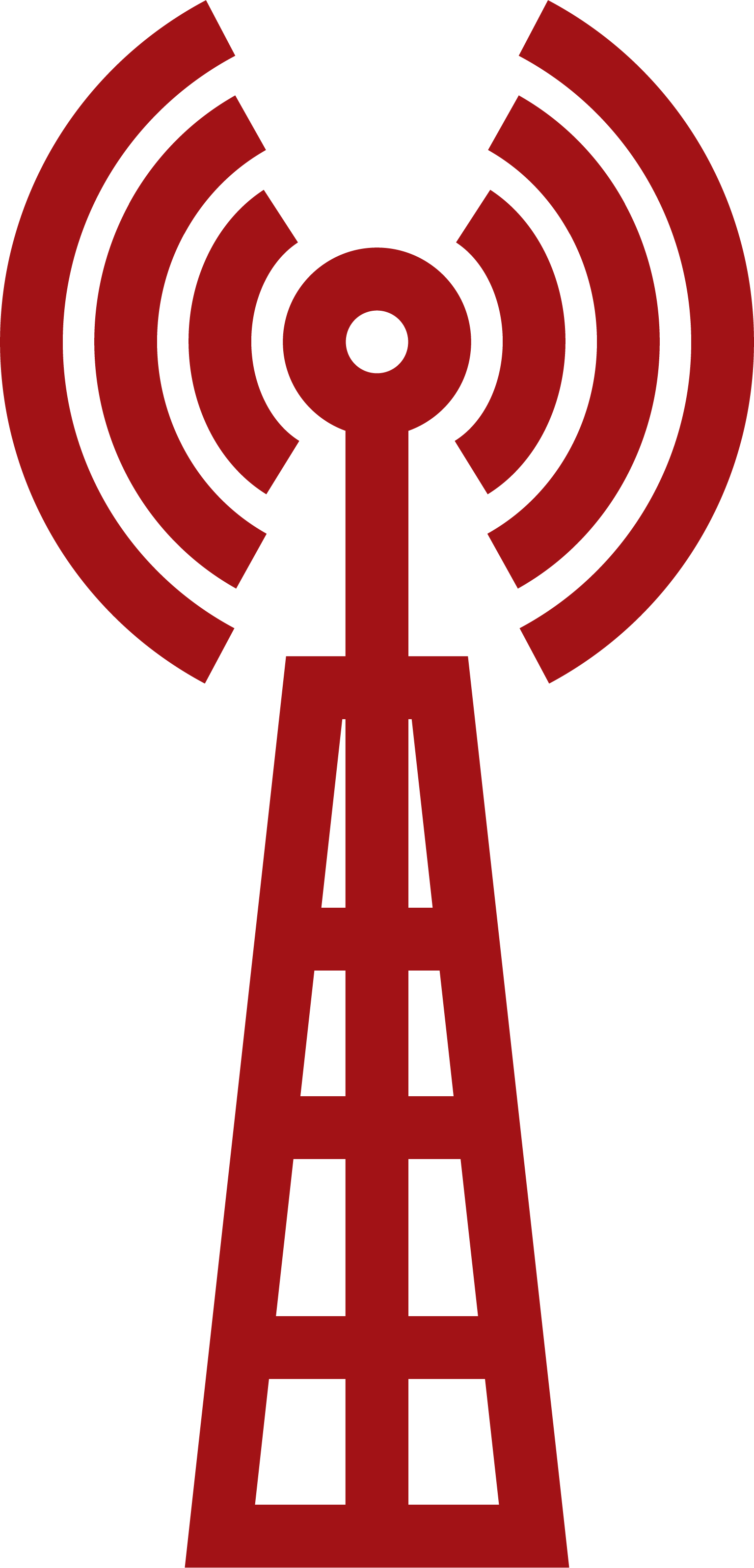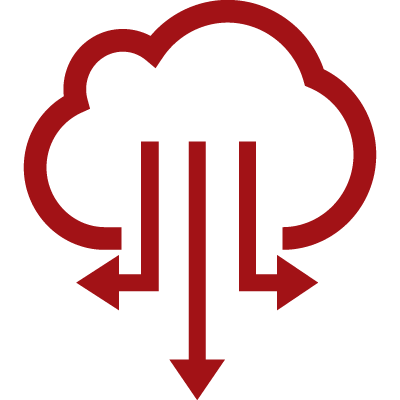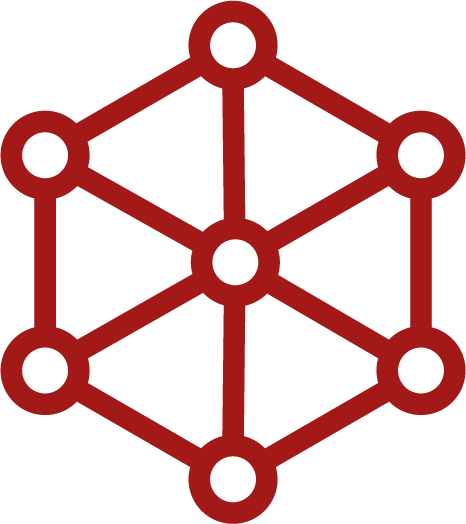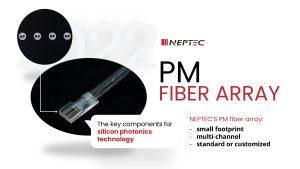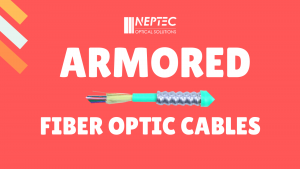Span is Neptec’s product line specifically tailored for optical fiber networks.
In today’s world, everything is connected. Networks are relentlessly expanding their capabilities to handle more users, faster speeds, and more bandwidth than ever before. Archaic copper cables are quickly being phased out by fiber optic cables and technology. Optical fiber can transmit data faster and further than any copper cable could and the world has been quick to catch on. More and more end users are requesting fiber to the home (FTTH) and will soon become the standard. 5g has already hit the market and carriers are scrambling to set up their new cell towers. This year, Google, Facebook, Amazon and Huawei have all invested extensively in optical fiber technology, signaling a new era of interest in optical fiber.
Span’s line of cutting-edge optical fiber products and solutions keep our customers at the forefront of innovation. We provide a comprehensive range of fiber optic products and solutions designed specifically for fiber optic networks. From cable assemblies and splitters to rack-mounted modular patch panels and polarization maintaining signal amplifiers, Neptec has it all.

